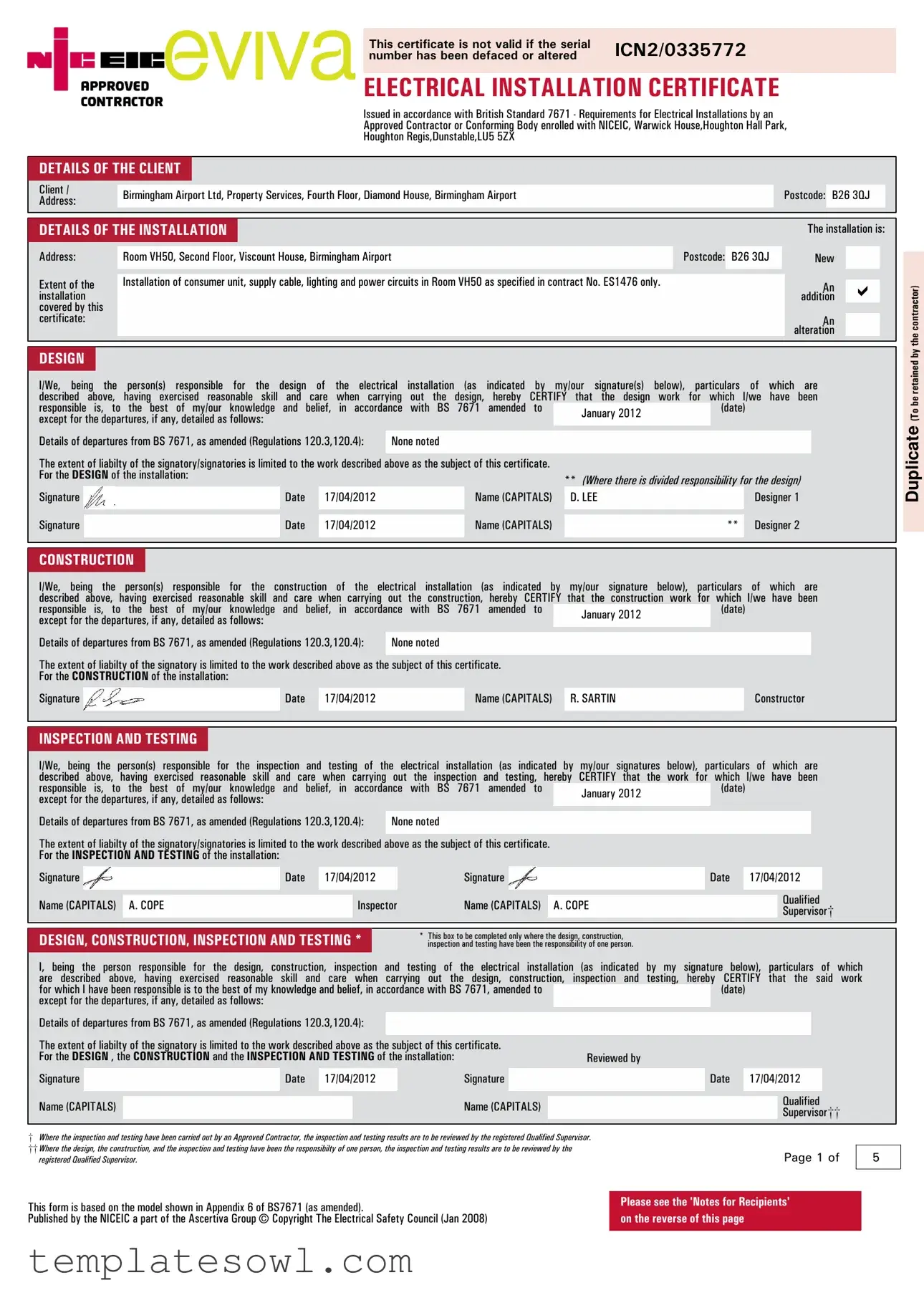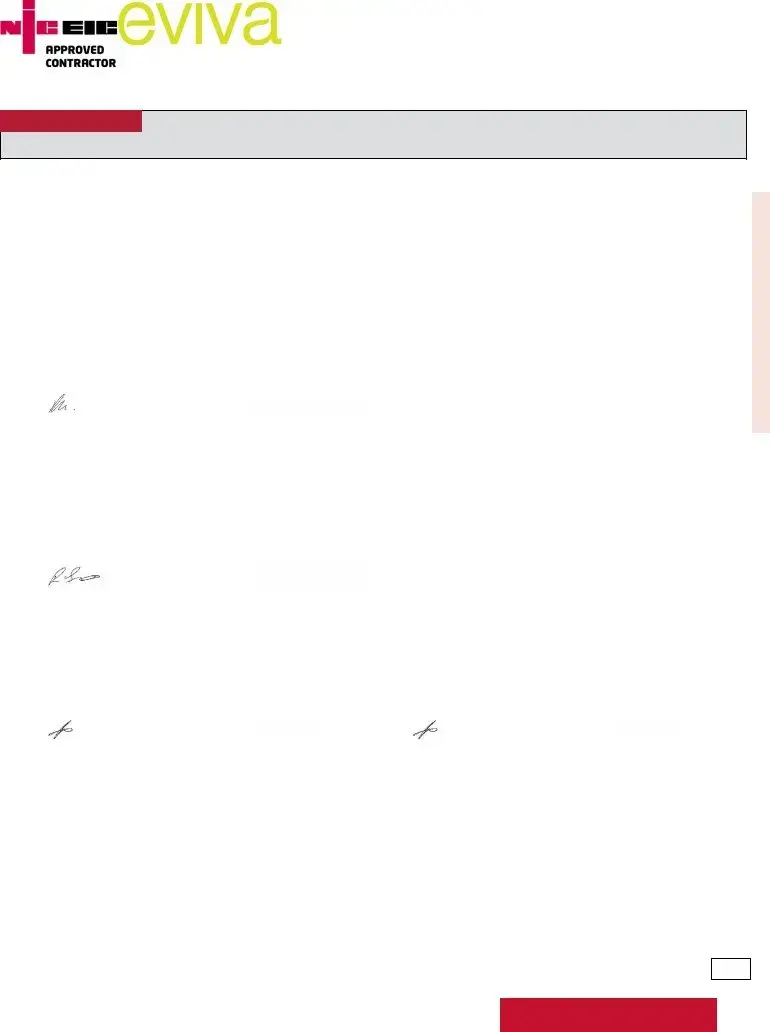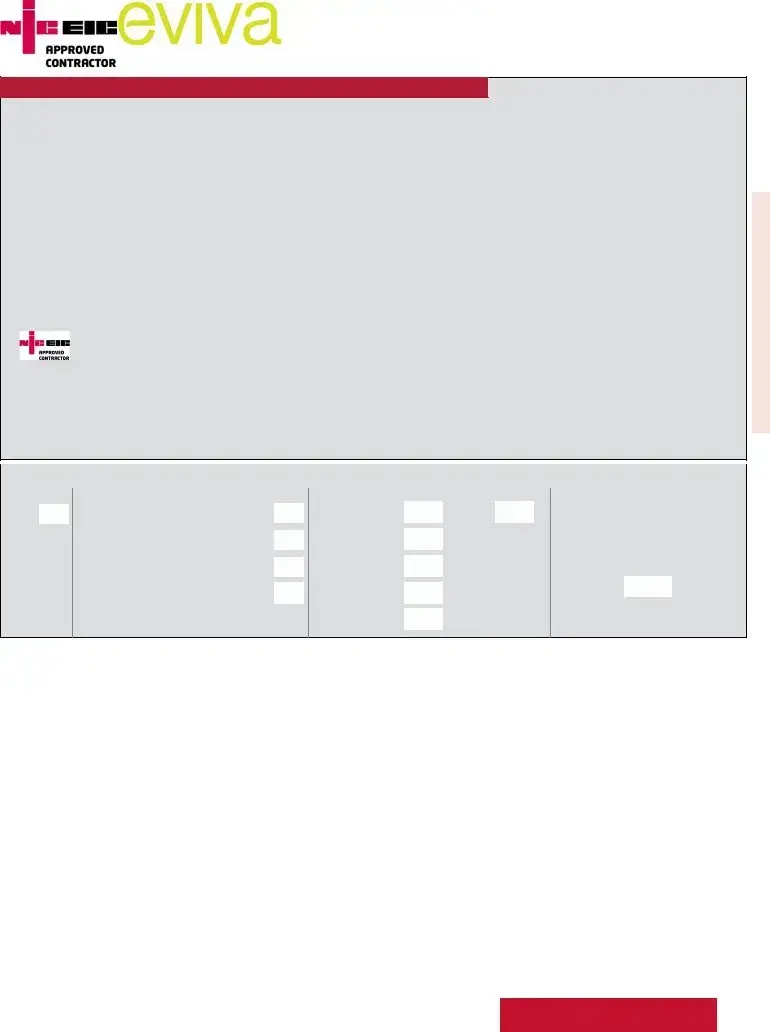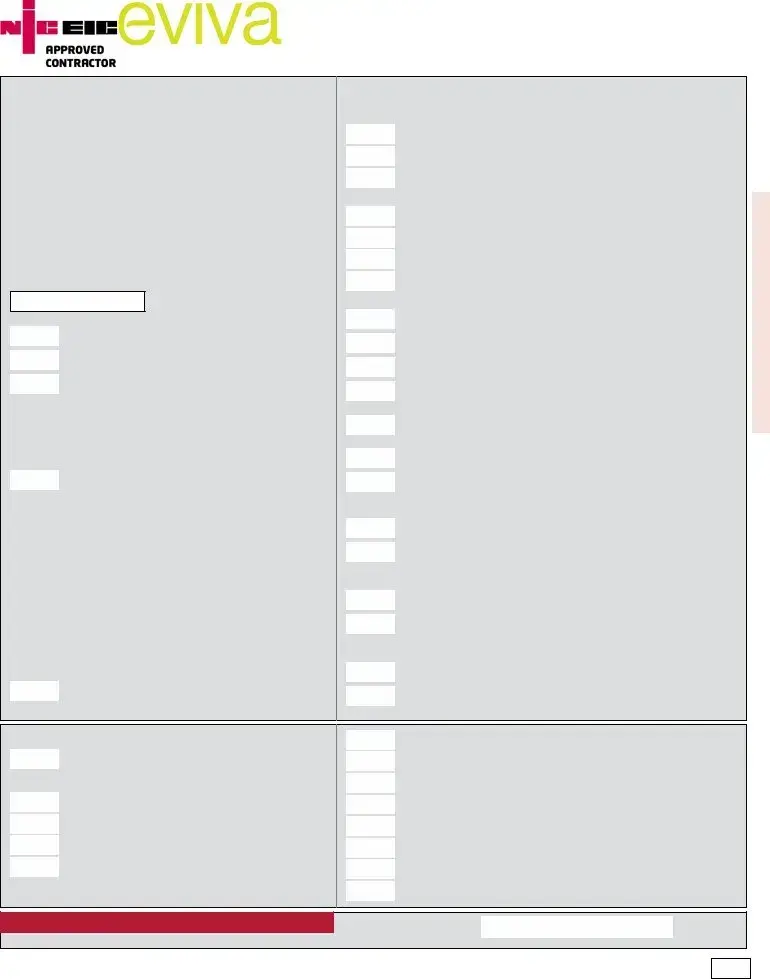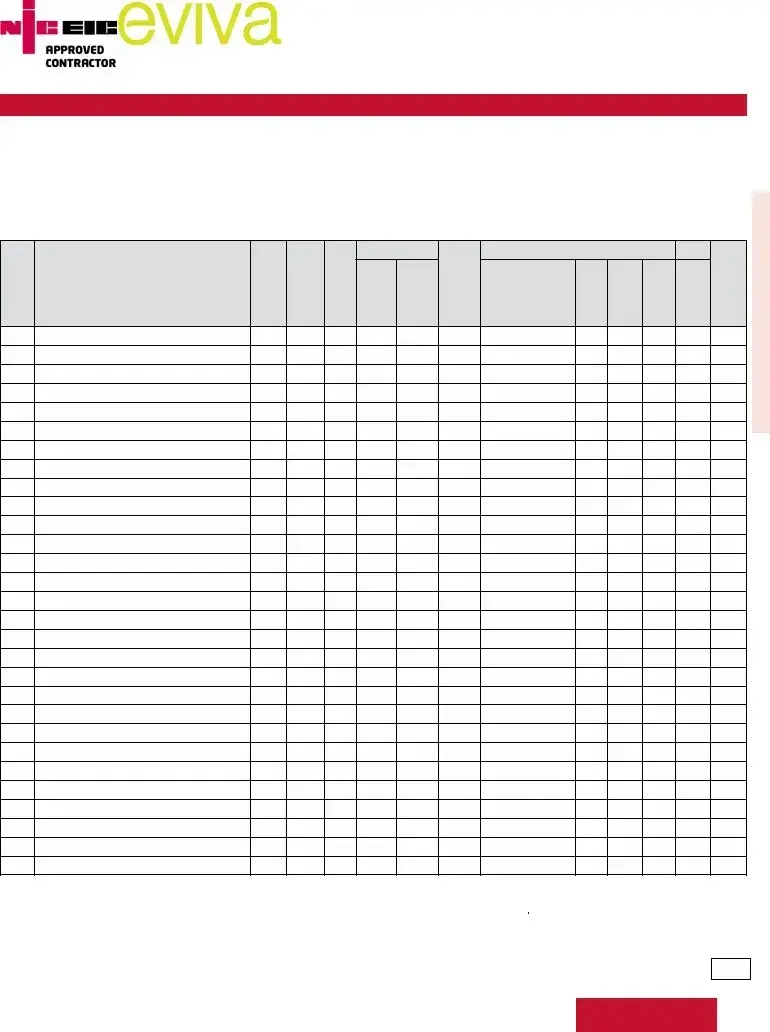What is the NICEIC Electrical Certificate form?
The NICEIC Electrical Certificate form is an important document issued for electrical installations. It confirms that the work carried out meets the necessary safety standards, particularly the British Standard 7671. Only approved contractors or organizations enrolled with NICEIC can issue this certificate, indicating that the work has been completed in compliance with the regulations.
Who issues the NICEIC Electrical Certificate?
The NICEIC Electrical Certificate is issued by approved contractors or organizations that are part of the National Inspection Council for Electrical Installation Contracting (NICEIC). These entities are qualified to ensure that electrical installations comply with safety and performance standards.
What information is included in the certificate?
The certificate includes crucial details such as the client’s information, the installation site, description of the work completed, and the signatures of the responsible parties (designers, constructors, inspectors). It verifies that the installation meets the current regulations and mentions any departures from those regulations if applicable.
Is the NICEIC Electrical Certificate valid forever?
No, the NICEIC Electrical Certificate is not valid indefinitely. It typically outlines a recommended inspection interval, often suggesting that the installation undergo further inspection and testing within five years. Regular checks help ensure ongoing safety and compliance with current standards.
What should I do if the serial number is defaced or altered?
If the certificate's serial number is defaced or altered, the document is considered invalid. It is crucial to keep the certificate in a safe condition. In case of damage, contact the issuing contractor for guidance on obtaining a replacement certificate.
Can I make changes to the installation after receiving the certificate?
Yes, changes can be made after receiving the NICEIC Electrical Certificate. However, any significant alterations or additions may require a new certificate. It’s advisable to consult with a qualified electrician to determine if the changes affect compliance with the safety standards.
Who is responsible for the accuracy of the information on the certificate?
The responsibility lies with the individuals who sign the certificate. Designers, constructors, and inspectors each confirm that they have exercised reasonable skill and care in their respective roles. The extent of their liability is limited to the specific work described in the certificate.
What happens during the inspection and testing mentioned in the certificate?
During the inspection and testing, specific checks are done to ensure that the electrical installation is safe and compliant. This includes examining protective measures against electric shock, verifying the continuity of conductors, and ensuring insulation resistance is adequate. These steps are crucial for identifying any potential safety hazards.
How can I find the NICEIC approved contractor for my project?
You can find NICEIC approved contractors by visiting the NICEIC website. They provide a search function to help you locate qualified contractors in your area. This is essential to ensure that your electrical work is done safely and is compliant with regulations.
